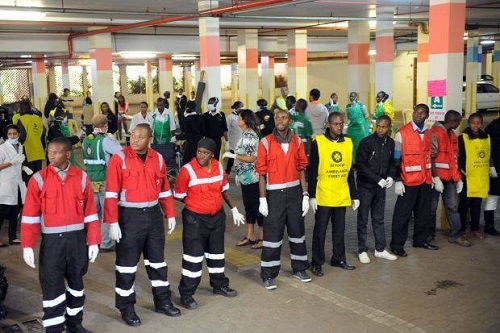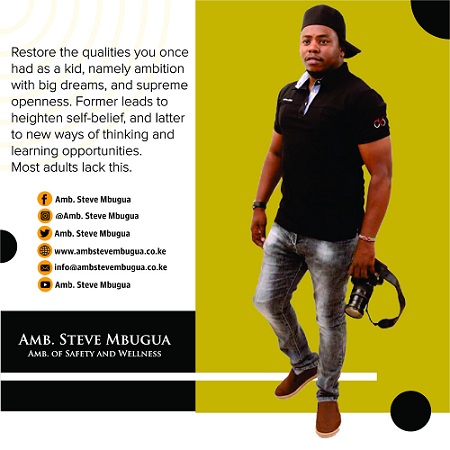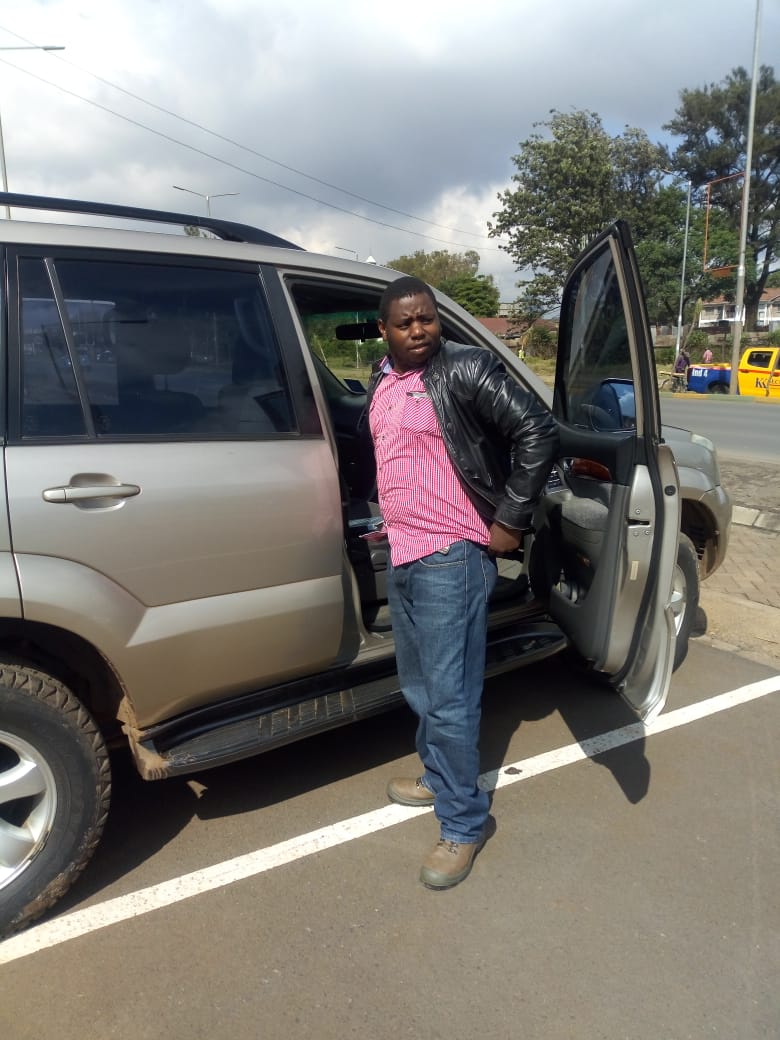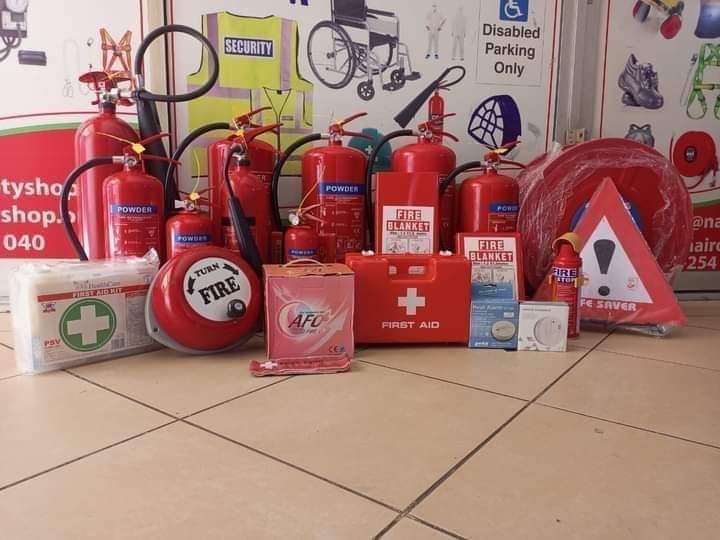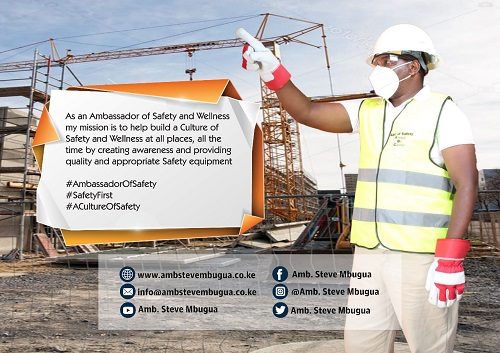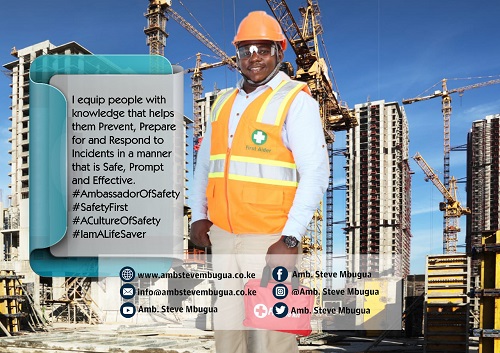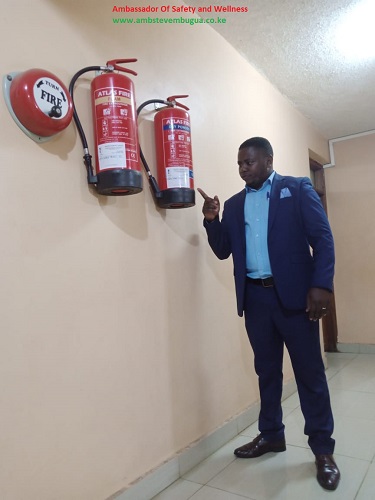Personal safety is a crucial aspect of individual well-being, affecting every facet of our daily lives. As Ambassador Steve Mbugua, the globally recognized Ambassador of Safety, I am dedicated to promoting personal safety awareness and empowering individuals with the knowledge and skills to protect themselves in various situations. In this article, we explore essential personal safety strategies, including situational awareness, self-defense techniques, digital security practices, and the safe use of technology. By prioritizing personal safety, individuals can build confidence, reduce risks, and foster a culture of security and vigilance. Let us delve into the key components of effective personal safety management and commit to enhancing our personal security practices.
Personal safety refers to the measures and strategies individuals can take to protect themselves from harm, injury, or violence in various environments. It encompasses awareness, preparedness, and proactive behaviors to minimize risks and ensure personal well-being.
Introduction to Personal Safety
Personal safety is crucial in both public and private settings to prevent accidents, crimes, and emergencies. It involves awareness of surroundings, understanding potential threats, and taking preventive actions to mitigate risks. Personal safety measures vary depending on the context, such as walking alone at night, using public transportation, or engaging in recreational activities.
Different Accidents, Incidents, Illnesses, and Near Misses Relating to Personal Safety
1. Assaults and Attacks: Physical assaults, robberies, and muggings in public places.
2. Slips, Trips, and Falls: Accidents due to uneven surfaces, slippery floors, or clutter.
3. Car Accidents: Collisions, fender benders, and road mishaps while driving or as a pedestrian.
4. Food Poisoning: Illness caused by consuming contaminated food or beverages.
5. Animal Bites and Attacks: Encounters with aggressive pets or wildlife.
6. Heat Exhaustion and Dehydration: Issues arising from exposure to extreme heat or inadequate hydration.
7. Allergic Reactions: Severe reactions to food, medications, or environmental allergens.
8. Drowning: Accidents in pools, beaches, or natural bodies of water.
9. Burns: From fire, hot surfaces, or chemicals.
10. Choking: Difficulty breathing due to swallowed objects or food blockages.
11. Electrical Shocks: Accidents involving faulty wiring or improper use of electrical appliances.
12. Sports and Recreational Injuries: Injuries from sports activities, cycling accidents, or outdoor pursuits.
Latest Trends in Personal Safety
1. Mobile Safety Apps: Applications for personal safety alerts, GPS tracking, and emergency contacts.
2. Wearable Safety Devices: Smart devices that monitor health metrics, location, and offer distress signals.
3. Self-Defense Training: Courses in martial arts, Krav Maga, or defense techniques tailored for personal safety.
4. Cybersecurity Awareness: Education on online safety, phishing scams, and data protection.
5. Community Safety Initiatives: Neighborhood watch programs and safety patrols.
6. Emergency Preparedness Kits: Personal kits with first aid supplies, water, and essential tools.
7. Health and Wellness: Focus on mental health, stress management, and well-being for overall safety.
8. Travel Safety Guides: Resources for safe travel, including cultural awareness and local laws.
9. Home Security Systems: Integrated systems for personal residence security and monitoring.
10. Environmental Awareness: Concerns like air quality, pollution, and climate-related safety.
11. Virtual Safety Seminars: Online workshops on personal safety topics and risk management.
12. Financial Safety: Education on fraud prevention, identity theft, and financial security.
Personal Safety Audits and Inspections
1. Home Security Evaluation: Assessing door locks, windows, lighting, and alarms.
2. Routine Vehicle Checks: Inspecting brakes, tires, and fluids before driving.
3. Health Assessments: Regular medical check-ups and screenings for early detection.
4. Travel Safety Planning: Reviewing itineraries, emergency contacts, and local resources.
5. Workplace Safety Assessments: Evaluating office environments, emergency exits, and ergonomic setups.
6. Fitness and Sports Assessments: Assessing physical capabilities, equipment safety, and training regimes.
7. Digital Footprint Review: Checking online privacy settings and cybersecurity measures.
8. Financial Security Review: Monitoring accounts, credit reports, and financial transactions.
9. Social and Community Involvement: Engaging in neighborhood watch programs and safety forums.
10. Emergency Response Drills: Practicing responses to potential emergencies or threats.
11. Self-Defense Training Evaluation: Assessing skills and techniques in various scenarios.
12. Cultural Awareness Training: Understanding cultural norms and safety practices in different environments.
Personal Safety Training
1. Self-Defense Classes: Techniques for physical defense and situational awareness.
2. First Aid and CPR: Training in basic lifesaving techniques for emergencies.
3. Emergency Response Training: Preparedness for natural disasters, accidents, or medical crises.
4. Travel Safety Education: Advice on safe travel practices, cultural sensitivity, and navigation.
5. Cybersecurity Workshops: Awareness of online threats, phishing scams, and data protection.
6. Health and Wellness Programs: Stress management, mental health awareness, and healthy lifestyle choices.
7. Fire Safety Education: Understanding fire prevention, evacuation procedures, and use of fire extinguishers.
8. Environmental Safety Training: Awareness of environmental hazards and safety precautions.
9. Workplace Safety Courses: Training on office ergonomics, hazard recognition, and emergency protocols.
10. Social Safety Skills: Communication strategies, conflict resolution, and personal boundaries.
11. Driving Safety Courses: Defensive driving techniques, road rules, and accident prevention.
12. Legal Rights and Responsibilities: Knowledge of legal protections, self-advocacy, and reporting procedures.
Personal Safety Installations
1. Personal Alarms: Portable devices for signaling distress or emergencies.
2. Pepper Spray or Mace: Non-lethal self-defense tools for deterring attackers.
3. Emergency Whistles: Loud signals for attracting attention during crises.
4. Safety Lighting: Motion-sensor lights and well-lit pathways for nighttime visibility.
5. Door and Window Alarms: Sensors that alert to unauthorized entry or tampering.
6. GPS Trackers: Devices for real-time location monitoring and tracking.
7. Safety Apps: Smartphone applications with panic buttons, location sharing, and emergency contacts.
8. Home Security Systems: Integrated alarms, cameras, and monitoring services.
9. Medical Alert Systems: Wearable devices or home-based systems for medical emergencies.
10. Home Automation: Smart devices for controlling lights, locks, and security remotely.
11. Safe Storage Solutions: Lockboxes or safes for valuables, medications, and personal documents.
12. Car Safety Kits: Supplies like blankets, water, and tools for roadside emergencies.
Personal safety is a fundamental aspect of everyday life, requiring vigilance, preparation, and proactive measures to mitigate risks and ensure well-being. By adopting safety practices, undergoing relevant training, utilizing modern technologies, and staying informed about current trends, individuals can enhance their safety in various environments. Promoting a culture of personal safety involves education, awareness campaigns, and community engagement to empower individuals to protect themselves and others effectively.
In conclusion, personal safety is an integral part of our everyday lives that requires ongoing attention and practical strategies. As the Ambassador of Safety, I have emphasized the importance of maintaining situational awareness, learning self-defense techniques, practicing digital security, and using technology safely. By adopting these practices, individuals can minimize risks, protect themselves and their loved ones, and contribute to a safer community. Let us champion the cause of personal safety and work collaboratively to foster an environment where everyone feels secure and empowered. Embracing these strategies not only enhances personal well-being but also strengthens the resilience and harmony of our communities.
ROAD SAFETY
Personal Safety Video
Largest Safety Equipment Company
Conducting Safety Workshops
Building A Culture Of Safety


